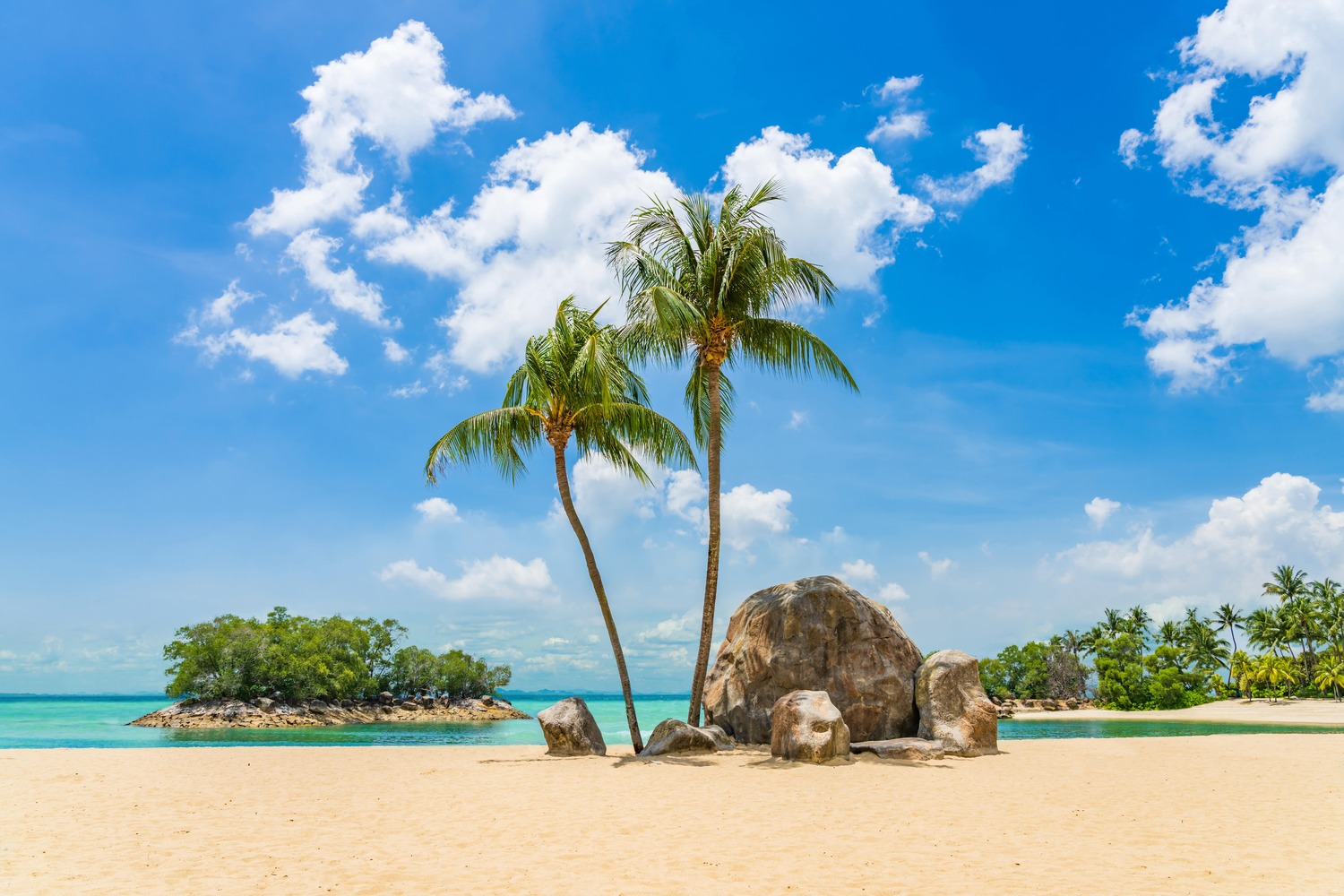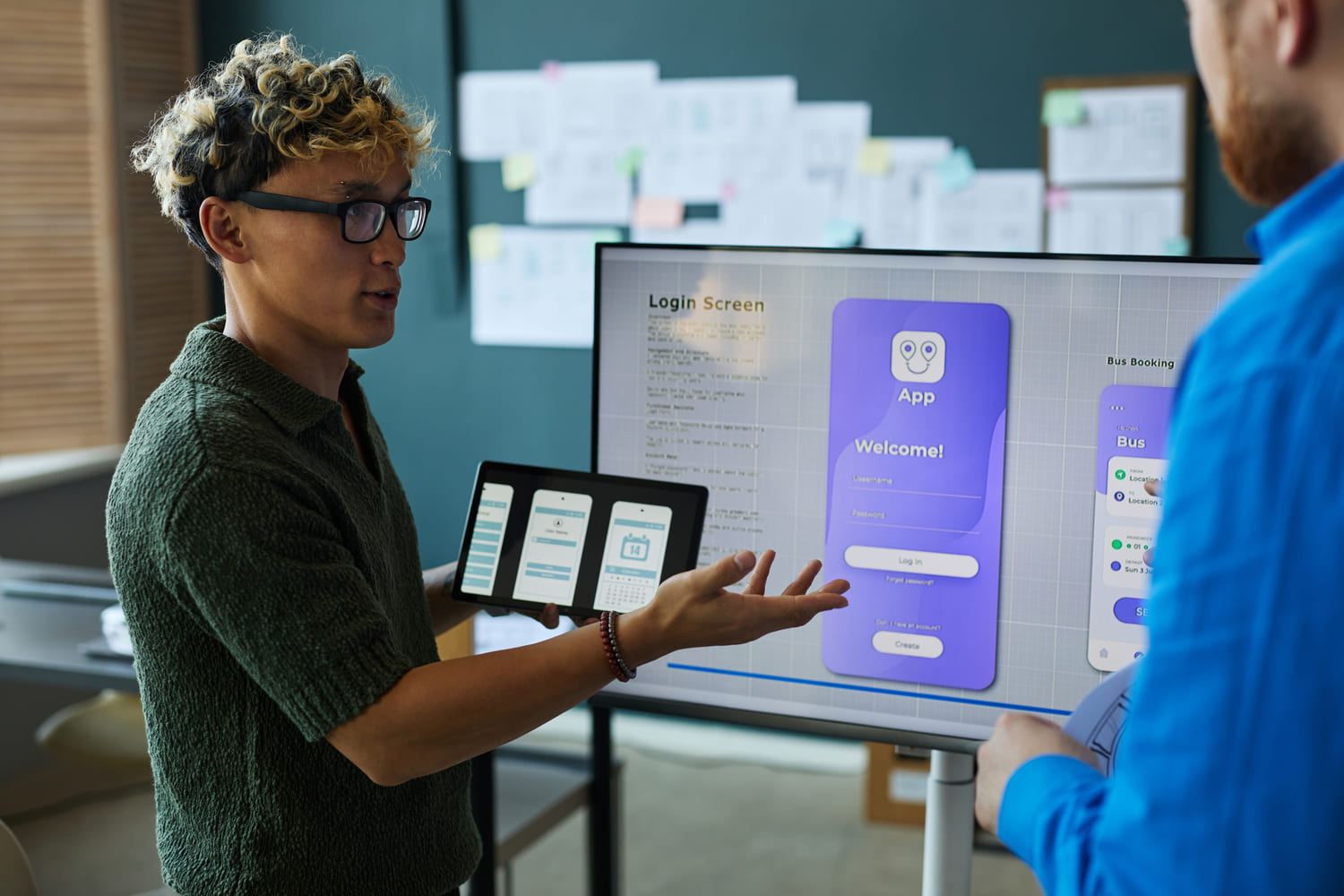Sentosa is a 500‑hectare resort island off the southern coast of Singapore. Once a fishing village and military base, it was transformed in 1972 into a recreational resort and now welcomes millions of local and international visitors every year. The island’s mix of beaches, attractions, spas and hotels is connected by cable cars, a boardwalk and a light‑rail system, yet navigating the many venues and activities can still be daunting. In recent years the Sentosa Development Corporation (SDC) has been pursuing a One‑Sentosa digital ecosystem. The revamped MySentosa mobile app, relaunched in 2018, offers gamified trails, smart itinerary planning and navigation to guide visitors, and new attractions like Sensoryscape combine nature, architecture and technology through interactive light art and augmented reality. Despite these innovations, questions remain about how visitors actually find their way around the island and whether gamified incentives can meaningfully change behaviour.
This blog post summarizes an on‑site study conducted on Sentosa and draws connections to similar research at Changi Airport and the Mandai Wildlife Reserve. We discuss our methodology, observations and key takeaways for designing digital experiences in complex physical environments.
This blog post summarizes an on‑site study conducted on Sentosa and draws connections to similar research at Changi Airport and the Mandai Wildlife Reserve. We discuss our methodology, observations and key takeaways for designing digital experiences in complex physical environments.
Study Design: Eye Tracking in the Wild
To understand how people navigate Sentosa and use its digital tools, we ran a mixed‑method study combining 90‑minute island-wide task‑based sessions followed with 30‑minute in‑depth interviews. Five pairs of Tobii eye‑tracking glasses were used; batteries were kept constantly charged and SD cards were regularly backed up to prevent data loss. Sessions included the following tasks:
Wayfinding and facilities: Participants were asked to find restrooms, cafés and transport stops using whatever tools they preferred.
Using the MySentosa app: We evaluated the app’s gamified trails, itinerary planner and navigation features. Participants were encouraged to scan QR codes, collect points and attempt trivia quests around the island.
Loyalty and rewards: Tasks involved collecting points from on‑island games and redeeming perks through the app.
Planning: We explored whether visitors planned their trip in advance or spontaneously looked for information on site.
Approximately 60 participants took part, representing a mix of locals, tourists and foreign workers. We intentionally recruited families with children, couples and friend groups to observe different group dynamics. The sampling mirrored Sentosa’s diverse visitor base and allowed us to see how different segments interpret signage, maps and digital prompts.
Logistics and equipment
Running eye‑tracking sessions in a large outdoor environment posed logistical challenges. We set up a base at a central location on the island with charging stations and storage for spare batteries and SD cards. Participants wore the Tobii glasses during tasks, and researchers trailed behind to observe without influencing decisions. Interviews were recorded and later transcribed for qualitative analysis.
Observations and Findings
Wayfinding and signage
Sentosa’s physical wayfinding system is the result of a large redesign project. Applied Information Group’s wayfinding scheme, implemented from 2017 onwards, covers the island’s 500 hectares and aims to give twenty‑million annual visitors a seamless experience. Their research revealed gaps in the previous signage, and the new design uses clear typography and icons to encourage exploration by foot and alternative transport. Many participants in our study still relied heavily on these physical signs, especially when moving between major attractions. Families with young children tended to follow the most visible directional signs rather than consult the mobile app.
Using the app
MySentosa app introduced gamified trails and smart itinerary planning. Participants were intrigued by the promise of earning points and rewards, and families enjoyed scanning QR codes on trivia stations. However, the novelty wore off quickly. Once participants claimed their initial rewards, few continued to engage with the app for navigation or discovery. The points system felt disconnected from the core needs of finding amenities or managing time. Observations align with industry insights: Traditional loyalty programs must evolve because customers expect personalised rewards and frictionless experiences, not just transactional points.
Incentives and behaviour change
The island’s games and trivia offered loyalty points redeemable for souvenirs, food discounts or future visits. While this created short‑term excitement, it did not change long‑term navigation habits. Participants still used Google Maps for directions. This finding echoes broader trends: loyalty programs deliver personalised experiences and savings but must adapt to consumers who expect personalization and convenience. Points alone rarely foster loyalty; they must be tied to meaningful benefits like skip‑the‑line privileges or insider knowledge.
Planning and pre‑visit behaviour
We tried to understand that if visitors would plan their Sentosa trip in advance. In practice, many participants arrived without a clear itinerary. They relied on signs, group consensus and suggestions from friends. Some locals had annual passes and visited spontaneously to spend time at specific beaches or restaurants. Foreign tourists decided which attractions to visit only on the day itself.
The app’s itinerary planner was under‑utilised; participants preferred to search spontaneously or follow recommended routes displayed on large maps. This contrasts with emerging practices at the Mandai Wildlife Reserve and Changi Airport. Mandai’s website encourages visitors to download the Mandai App, which features wayfinding tools, notifications for ranger talks and animal sightings, and curated itineraries. Changi Airport’s refreshed Changi App allows travellers to search and save flights, pre‑book attractions, earn rewards points, pay with the built‑in wallet and access real‑time parking information. These platforms integrate practical trip‑planning functions with incentives, reducing the cognitive load on travellers.
The app’s itinerary planner was under‑utilised; participants preferred to search spontaneously or follow recommended routes displayed on large maps. This contrasts with emerging practices at the Mandai Wildlife Reserve and Changi Airport. Mandai’s website encourages visitors to download the Mandai App, which features wayfinding tools, notifications for ranger talks and animal sightings, and curated itineraries. Changi Airport’s refreshed Changi App allows travellers to search and save flights, pre‑book attractions, earn rewards points, pay with the built‑in wallet and access real‑time parking information. These platforms integrate practical trip‑planning functions with incentives, reducing the cognitive load on travellers.
Cross‑study insights from other venues
We also looked at international best practices. Gamified tours such as France’s Terra Aventura app and Slovenia’s Nexto use puzzles, riddles and AR‑based item collection to engage users. Similarly, European destinations employ augmented reality to deliver immersive heritage tours. These examples indicate that gamification works best when it is tightly linked to storytelling and discovery rather than stand‑alone loyalty schemes.
Recommendations and Lessons
Based on our observations and the broader context of digital visitor experiences, we propose the following guidelines for testing and improving digital experiences in complex physical environments:
Integrate digital tools with core services. Gamification and rewards should complement essential functions. Features such as real‑time transport schedules, crowd‑level information, queue times and restroom locations could make the app indispensable.
Design for habit formation. People use Google Maps because it’s familiar and reliable. To change habits, an island app must offer a smoother or richer experience. Personalised itineraries should adapt based on visitor interests and real‑time conditions. As our study notes, customers want personalized, relationship‑based interactions across channels.
Enhance physical‑digital interplay. Eye‑tracking data showed that visitors relied on physical signage. Enhancing the synergy between signs and the app.
Provide clear onboarding and communication. Awareness remains a barrier. On‑site staff, ticket confirmations and physical touchpoints should promote the app’s benefits succinctly.
Balance extrinsic and intrinsic motivation. Loyalty points create initial interest but rarely sustain engagement. Instead, design experiences that are intrinsically rewarding—solving puzzles, unlocking stories, or discovering hidden viewpoints.
Consider diverse visitor segments. Families with children, tourists unfamiliar with Singapore, and frequent local visitors have different needs. Adaptation could include multi‑language support, accessible routing for strollers, or separate reward tracks for locals and tourists.
Leverage data for continuous improvement. IoT sensors and digital analytics can identify congestion points and update wayfinding strategies. Barcelona’s use of Wi‑Fi, GSM and 3D sensors to monitor crowd flow allowed authorities to optimise transport and encourage ticket purchases.
The Bigger Picture: Tourism as UX Innovation Laboratory
Sentosa Island, with its 20 million annual visitors navigating 500 hectares of mixed digital and physical experiences, represents the perfect laboratory for understanding complex environment UX design. The lessons extend far beyond tourism—to smart cities, large retail spaces, hospital wayfinding, and any environment where digital tools must seamlessly integrate with physical navigation.
The fundamental challenge remains bridging the digital-physical divide in environments where users face cognitive overload, social dynamics, environmental stressors, and competing attention demands. Our study suggests that success requires not just great individual touchpoints, but orchestrated systems that support natural human behavior patterns rather than fighting against them.
As the tourism industry recovers to pre-pandemic levels and digital expectations continue rising, destinations that master these integration challenges will create competitive advantages extending far beyond navigation efficiency. They'll build the foundation for truly intelligent environments that adapt to human needs rather than forcing humans to adapt to technology limitations.
The future of complex environment UX isn't about replacing human intuition with digital systems—it's about creating digital tools so well-integrated with physical spaces that they feel like natural extensions of human spatial intelligence. Sentosa Island showed us glimpses of this future. Now it's up to UX designers everywhere to build it.
The fundamental challenge remains bridging the digital-physical divide in environments where users face cognitive overload, social dynamics, environmental stressors, and competing attention demands. Our study suggests that success requires not just great individual touchpoints, but orchestrated systems that support natural human behavior patterns rather than fighting against them.
As the tourism industry recovers to pre-pandemic levels and digital expectations continue rising, destinations that master these integration challenges will create competitive advantages extending far beyond navigation efficiency. They'll build the foundation for truly intelligent environments that adapt to human needs rather than forcing humans to adapt to technology limitations.
The future of complex environment UX isn't about replacing human intuition with digital systems—it's about creating digital tools so well-integrated with physical spaces that they feel like natural extensions of human spatial intelligence. Sentosa Island showed us glimpses of this future. Now it's up to UX designers everywhere to build it.



